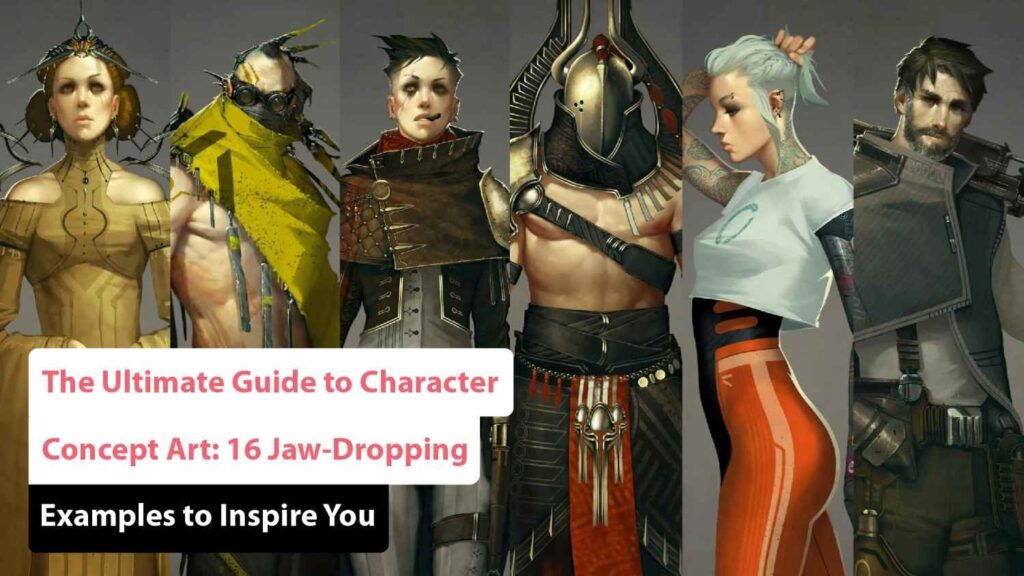
In the evolving world of animation, gaming, and visual storytelling, few elements are as captivating as a well-designed character. Characters bring life, emotion, and narrative depth to every project, whether it’s a blockbuster video game, a short animation, or a fantasy graphic novel. In 2025, the demand for unique, visually compelling, and emotionally resonant character design has reached an all-time high.
This ultimate guide breaks down everything you need to know—from how to create character concept art to exploring 16 of the best character concept art examples of the year. We also delve into workflows, tools, techniques, and tips from top industry professionals.
Whether you’re a beginner or a pro artist, these insights and examples will ignite your creativity and elevate your skills.
What Is Character Concept Art?
Character concept art is the process of visualizing and developing a character’s appearance, personality, and style for animation, video games, films, and more. Artists sketch multiple versions of a character—exploring poses, expressions, outfits, and accessories—to align with the story’s tone and world-building.
Strong character concept art creates an emotional connection with the viewer and guides 3D modelers, animators, and writers throughout the production pipeline.
Why Character Concept Art Matters in 2025
With advancements in technology like AI-enhanced workflows and ultra-detailed rendering engines, concept artists now have more tools than ever. However, the soul of character design still lies in storytelling, silhouette, and originality.
From triple-A games to indie animations, character design inspiration drives audience engagement and sets the tone for entire universes.
Step-by-Step Guide to Character Concept Art
Mastering the step-by-step guide to character concept art can help you develop a structured workflow:
1. Character Brief or Story Background
- Understand the world the character lives in
- Define their role, personality traits, and objectives
2. Silhouette Exploration
- Use simple shapes to experiment with proportions and posture
- Ensure that the character’s shape is recognizable even in black
3. Facial Features and Expressions
- Develop a range of emotional expressions
- Refine eyes, nose, lips, and other key features
4. Costume and Accessories
- Consider the character’s environment and function
- Balance aesthetics and practicality
5. Color and Materials
- Experiment with color palettes, textures, and lighting
6. Final Rendering
- Use digital painting techniques for concept artists to finish the character in full color and detail
Top Tools and Software Used in 2025
Here are some go-to platforms and tools that concept artists swear by:
- Procreate (for iPad sketching on the go)
- Adobe Photoshop (industry standard for rendering and compositing)
- Clip Studio Paint (great for line art and coloring)
- Blender (for 3D base mesh or posing)
- ZBrush (sculpting and form exploration)
- AI-Assisted Concept Art Tools like Artbreeder or Midjourney (used for ideation and referencing)
Top 16 Best Character Concept Art Examples in 2025
We’ve curated a list of best character concept art examples that blew minds in 2025—from fantasy elves to sci-fi rebels and mythical creatures.
1. Vera the Void Witch by Kaan Ulgener
- Fantasy meets cosmic horror in this vibrant digital painting. Vera’s accessories float around her like magical satellites.
- An excellent example of fantasy and sci-fi character concept art.
2. Astra-13, The Cyber Mechanic by Lois van Baarle
- Neon blues, metallic skin, and glowing tools make Astra unforgettable. Her emotional depth is revealed in expression sheets.
- A stunning blend of emotion and high-tech design.
3. Eron, Spirit Guardian by Even Amundsen
- Deeply layered tribal design mixed with ethereal motifs.
- The texturing and fur rendering showcase top digital painting techniques for concept artists.
4. Dr. Mekro, Steampunk Surgeon by Hicham Habchi
- Steampunk never looked so stylish. The surgeon’s tools are incorporated into his costume, merging function and design.
5. Yuto, Neon Ronin by Wlop
- A cyberpunk samurai draped in glowing neon armor.
- The color palette sets the mood instantly—a great case of character design inspiration.
6. Mara, Desert Nomad by Claire Wendling
- Dynamic scarf motion and sand-textured costume offer brilliant world-building hints.
7. R3X, Battle Droid from Void War
- Designed for an upcoming animated series, this mech-warrior balances bulk and intelligence with LED expression panels.
8. Elena the Wind Tamer by Sam Yang (Samdoesarts)
- A youthful mage with air-bending powers; her scarf and hair become storytelling tools in motion.
9. Kalida, Jungle Huntress by Jama Jurabaev
- Realistic anatomy, earthy tones, and tribal weaponry combine to form a believable and compelling character.
10. Kael, Time Thief by Ahmed Aldoori
- With a coat made of clock faces and hourglass tattoos, Kael is a time-warping rogue.
- This design showcases how symbolism can be embedded in fashion.
11. Noxara, Shadow Queen by Tooth Wu
- A villainous design with elegance and menace.
- Silhouette and contrast play a major role here—perfect for beginners studying dark character design.
12. Ignis the Fireborn by Zeronis
- Charred skin, ember eyes, and flame tattoos make Ignis unforgettable.
- A strong lesson in elemental-themed character design.
13. Milo & Pock, Inventor and Sidekick by Max Ulichney
- A fun duo design for a children’s animation. Milo’s gear-laden vest contrasts Pock’s round, fuzzy silhouette.
- Great example of incorporating personality into form.
14. Ayaka, Spirit Dancer by Atey Ghailan
- Translucent fabrics and glowing light trails bring elegance to this spirit-based concept.
- Excellent case of digital painting techniques for concept artists using light and motion.
15. Thorne, The Undying Paladin by Karla Ortiz
- Medieval armor fused with supernatural elements—great study in material lighting.
- Her facial design expresses courage mixed with eternal pain.
16. Oro, The Bioluminescent Deep Diver by Feng Zhu
- Set in a futuristic underwater world, this deep-sea explorer glows with jellyfish-like aesthetics.
These examples provide a masterclass in structure, color theory, silhouette, and emotion.
Character Concept Art Tips for Beginners
If you’re starting your journey, here are some essential character concept art tips for beginners:
1. Start with Research
Look up references, cultures, animals, fashion, and other design sources that match your theme.
2. Use Moodboards
Organize your inspirations in one visual space for tone, lighting, and mood consistency.
3. Understand Anatomy
Even exaggerated designs need foundational anatomy. Study proportions and poses.
4. Practice Line Confidence
Work on making deliberate, bold lines during sketching.
5. Iterate Often
Create multiple versions before locking a design. Experiment with silhouettes and accessories.
6. Learn From the Best
Study top concept artists and their work—mimic, analyze, and then create your own version.
7. Get Feedback
Join online communities like ArtStation, DeviantArt, or Reddit to get critiques.
8. Stay Consistent
Daily practice with challenges like “Draw This In Your Style” helps build skills and style.
Top Concept Artists and Their Work in 2025
Explore work from some of the world’s top concept artists and their work for more in-depth inspiration:
- Lois van Baarle (Loish) – Known for fluid shapes and emotional facial design
- Even Amundsen – Norse-inspired character worlds
- WLOP – Stunning ethereal fantasy with painterly edges
- Samdoesarts – Soft, stylized youth-centric character designs
- Claire Wendling – Master of dynamic motion and expressive line work
Follow them on ArtStation and Instagram for real-time inspiration.
Final Thoughts
In 2025, the boundaries between art, animation, gaming, and storytelling are more blurred than ever. Whether you’re designing a protagonist for a AAA game or building a background character for an indie film, great character concept art brings vision to life.
By exploring these best character concept art examples, you gain deeper insights into what makes a design impactful. From silhouettes to costume details and expression to lighting, everything in a character contributes to narrative strength.
Use this guide, explore how to create character concept art, and refer back to the step-by-step guide to character concept art whenever you’re stuck. Combine that with learning from top concept artists and their work, practicing digital painting techniques for concept artists, and applying our character concept art tips for beginners.
With consistency, creativity, and a passion for characters, you’ll be creating your own masterpiece in no time.
However, mastering character concept art is no simple task it demands exceptional dedication and boundless creativity. Are you struggling to design your superhero or aspiring to create a character destined to win hearts? Look no further. Animotions Studio stands at the forefront of the 2D and 3D entertainment industry, ready to bring your vision to life. With our expertise, you can unlock the true potential of your ideas, ensuring your characters not only captivate audiences but also leave a lasting legacy in the world of animation.
Frequently Asked Questions (FAQ’s)
What is the Difference Between Concept Art and Character Design?
Concept Art: is a broad field that encompasses a range of visual designs for various aspects of a project, including environments, objects, and characters. Its primary goal is to visually communicate ideas and themes for a project, serving as a blueprint for further development. Concept art can include sketches, paintings, and 3D models that depict the overall aesthetic and mood of a project.
Character Design: on the other hand, is a specialized subset of concept art focused specifically on the creation and visualization of characters. This involves designing their physical appearance, clothing, and accessories, as well as conveying their personality and backstory through visual means. Character design is crucial for ensuring that characters fit within the narrative and visual style of the project.
How to Make Character Concept Art?
- Research and Reference: Start by gathering inspiration from various sources, such as movies, games, and art books. Identify what aspects you want to incorporate into your character design.
- Define the Character: Outline the character’s personality, backstory, and role within the story. Consider traits like their strengths, weaknesses, and motivations, which will influence their visual design.
- Sketch Ideas: Begin with rough sketches to explore different shapes, proportions, and styles. Focus on creating a variety of poses and expressions to capture the character’s essence.
- Refine Designs: Choose the sketches that resonate most with your vision and refine them. Add details, colors, and textures to bring the character to life.
- Final Presentation: Create a polished version of your character concept art, including turnaround views, expressions, and any additional details that showcase the character’s design comprehensively.
How to Outsource Character Concept Art Development?
- Define Your Project: Clearly outline your needs, including the number of characters, styles, and any specific requirements. This will help potential artists understand your vision.
- Find Talented Artists: Explore platforms like ArtStation, Behance, or freelance websites (e.g., Upwork, Fiverr) to find artists with a portfolio that matches your desired style.
- Communicate Clearly: When contacting artists, provide a detailed brief that includes your project’s background, character descriptions, and visual references. The more information you provide, the better the artist can meet your expectations.
- Review Portfolios: Evaluate the artist’s previous work to ensure their style aligns with your vision. Look for consistency in quality and creativity.
- Set a Budget and Timeline: Discuss pricing and deadlines upfront to ensure a smooth collaboration. Be open to negotiations but respect the artist’s worth.
- Maintain Open Communication: Throughout the process, keep in touch with the artist to provide feedback and ensure they’re on track with your vision.
How Do You Start Character Concept Art?
- Understand the Project: Familiarize yourself with the story, setting, and tone of the project. This knowledge will inform your design choices.
- Gather Inspiration: Look at existing character designs, art styles, and cultural references that resonate with your character concept.
- Brainstorm Ideas: Write down keywords or phrases that encapsulate the character’s personality and traits. This can help you visualize how these elements translate into design.
- Create Thumbnails: Sketch small, quick thumbnails to explore various design directions without getting bogged down in details.
- Select a Direction: Choose a thumbnail that excites you and start expanding on that idea with more detailed sketches.
How to Start Drawing Concept Art?
- Learn the Basics: Familiarize yourself with the fundamentals of drawing, including anatomy, perspective, and composition. This knowledge will provide a strong foundation for your concept art.
- Practice Regularly: Consistent practice is key. Draw daily or set a schedule that allows you to develop your skills over time.
- Study Art Styles: Analyze different art styles and techniques. Experiment with various mediums (digital and traditional) to discover what works best for you.
- Gather Reference Materials: Use references to understand forms, colors, and textures. This can help you improve your accuracy and creativity in your drawings.
- Create Your Concepts: Start by designing simple objects or environments before moving on to more complex ideas like characters. This approach allows you to build confidence and skill gradually.
- Seek Feedback: Share your work with peers or online communities to receive constructive criticism and improve your art.





